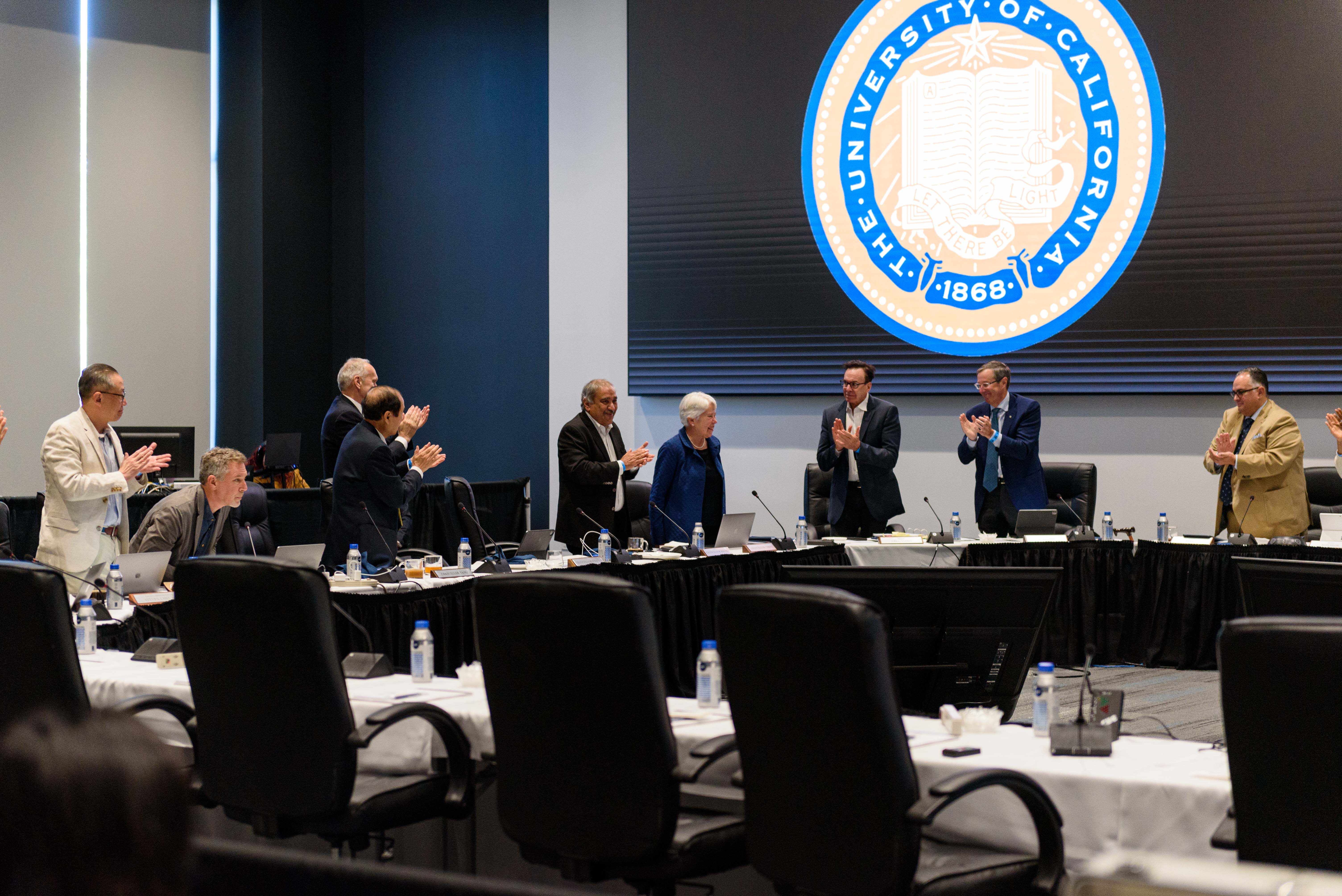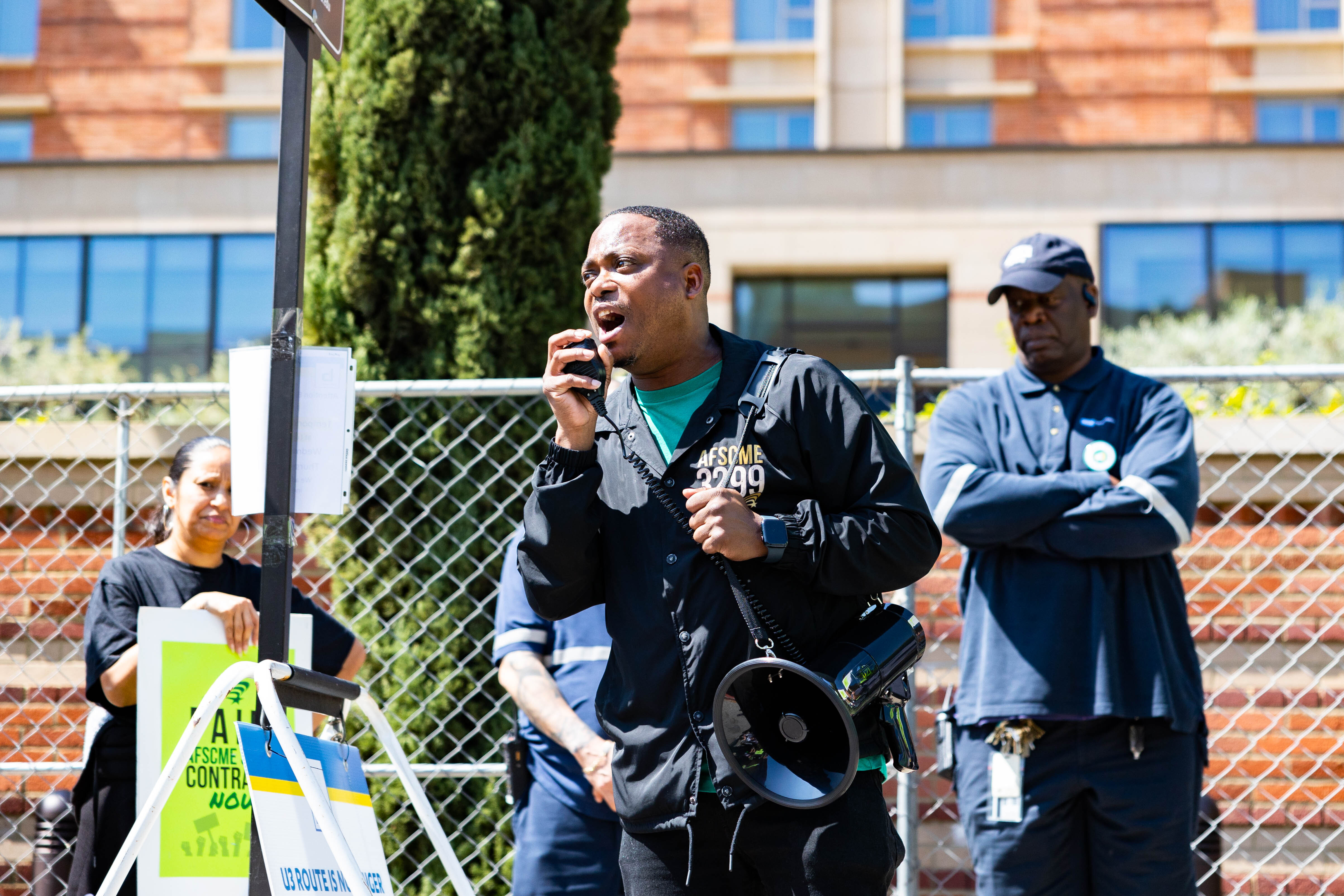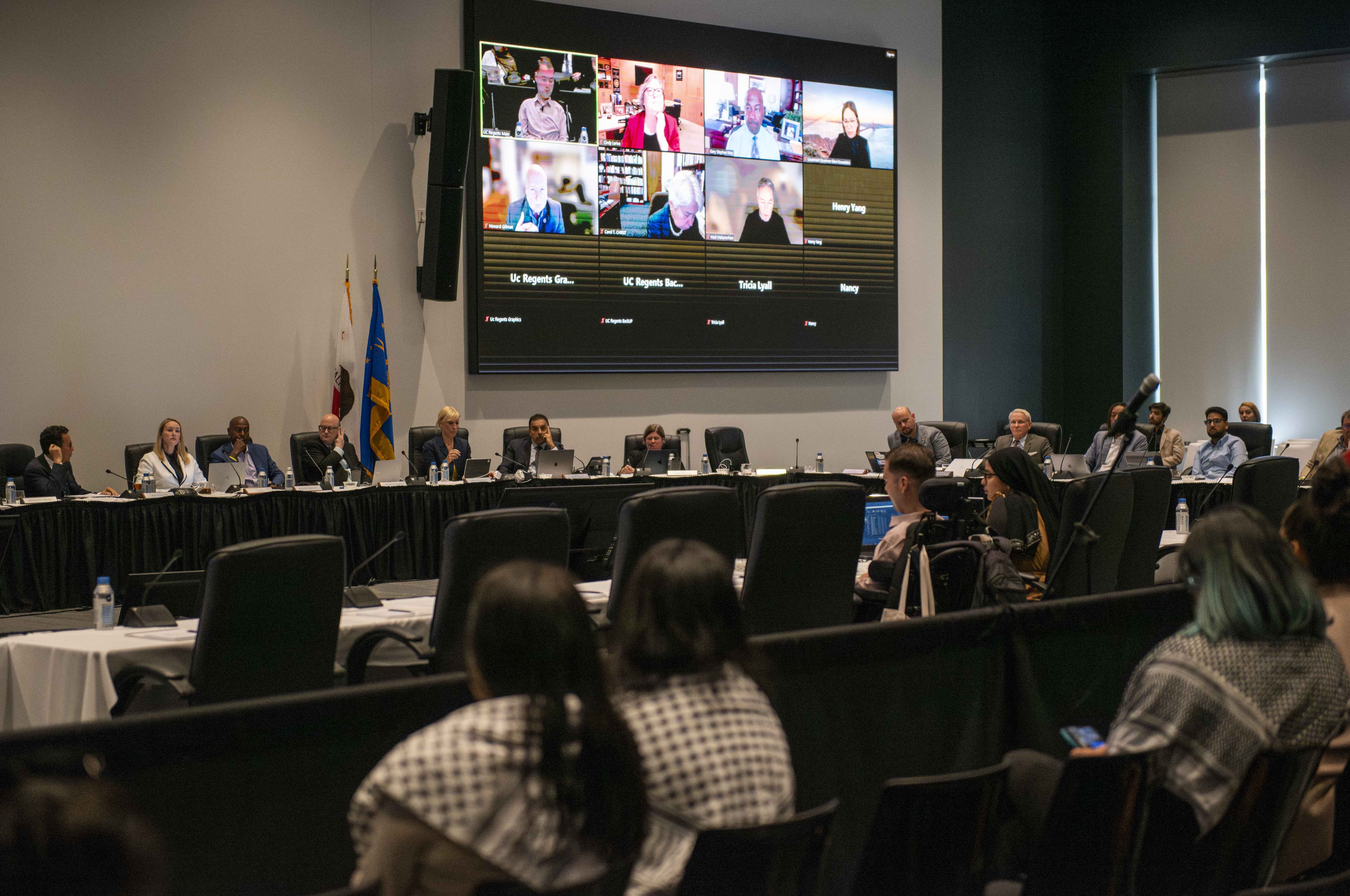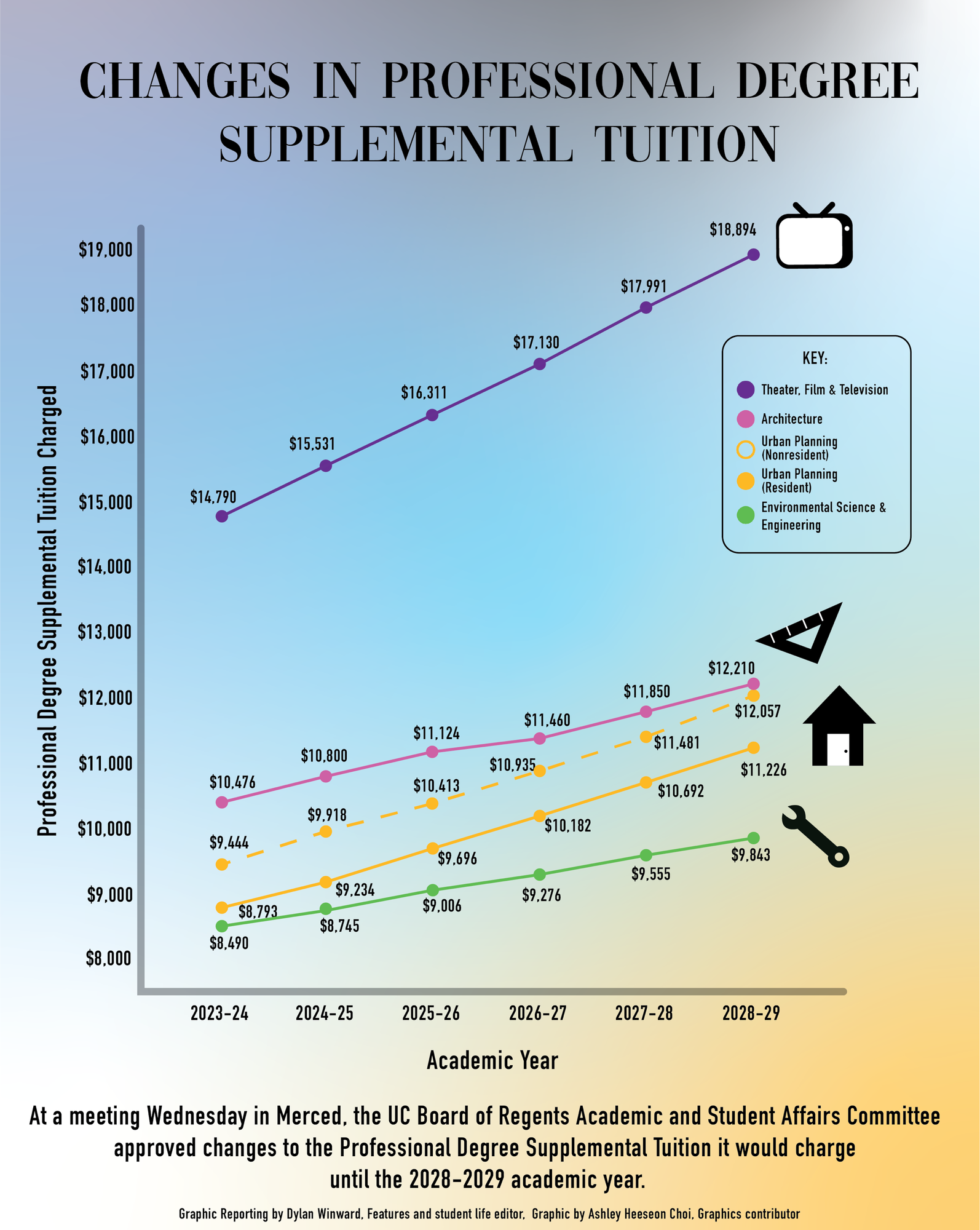UC Board of Regents debates controversial Thirty Meter Telescope at May meeting
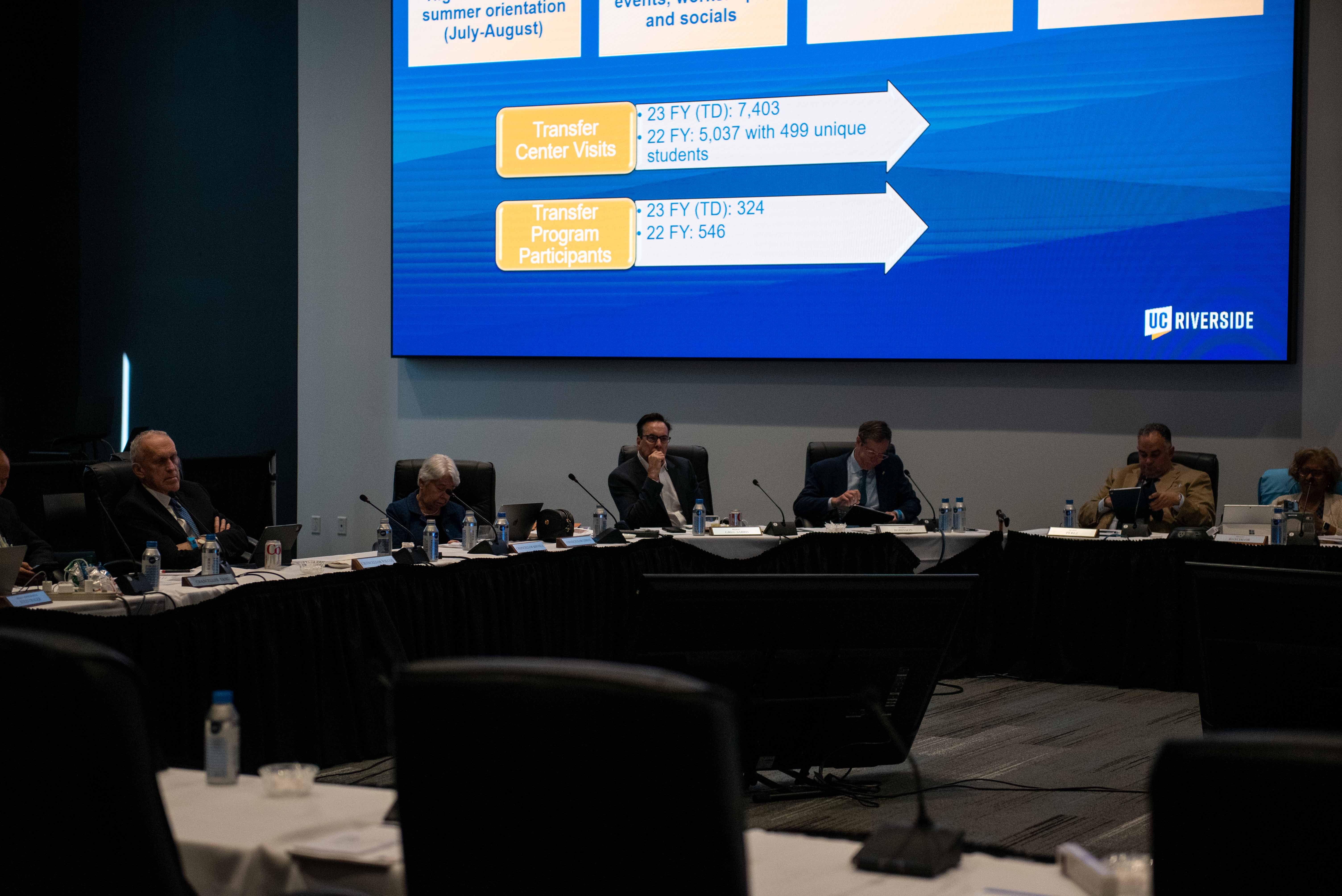
Regent Greg Sarris (third from left) discusses the Thirty Meter Telescope at the UC Board of Regents meeting Wednesday. Sarris, a member of the Federated Indians of Graton Rancheria, likened the construction of the telescope in Hawaii to Spanish colonization of California. (Sam Mulick/Daily Bruin)
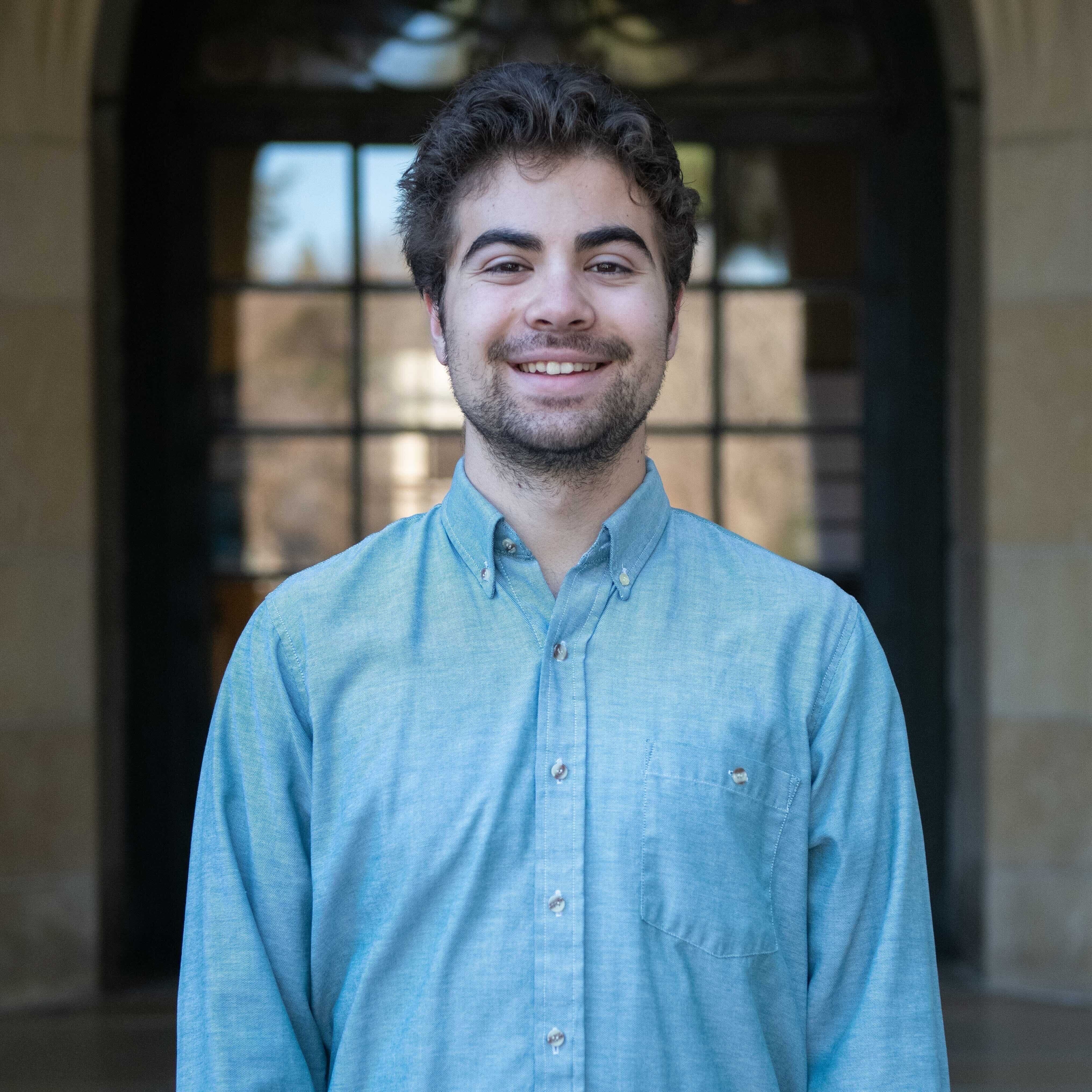
By Sam Mulick
May 16, 2024 6:55 p.m.
This post was updated at 1:43 p.m.
MERCED – The UC Board of Regents Academic and Student Affairs Committee argued about how development of the Thirty Meter Telescope would affect the Indigenous people of Hawaii during a meeting about UC-affiliated astronomy Wednesday.
The UC was a founding partner of the Thirty Meter Telescope project along with the California Institute of Technology and the national science foundations of Canada, India and Japan. Construction of the telescope was halted in 2019 following protests from the people of Hawaii who objected to the proposed construction site of Mauna Kea – a volcano that is sacred to many Native Hawaiians. Some UCLA students, led by the UCLA Pacific Islands Student Association, staged protests and wrote petitions in 2019 to oppose the telescope’s creation.
The Academic and Student Affairs Committee meeting is part of the regents’ monthly meetings, which were held this month from Tuesday to Thursday at UC Merced.
Regent John Pérez said that after meeting with Native Hawaiian leaders, he was troubled by the board’s failure to follow through on decommissioning several telescopes already on Mauna Kea. He added that he would not support allocating any further resources to the project until the board removes existing telescopes and restores the mountain to its original state.
“The destruction of the mountain is real,” he said during the meeting. “The cultural impact is real.”
Before Pérez spoke, Bruce Macintosh, the director of UC Observatories, had said he believes the project has significant scientific potential.
“TMT will be scientifically transformational. It can answer questions no telescope we have now can even come close to,” he said. “TMT could produce the first evidence that we’re not the only life in our galaxy.”
Macintosh added that the project’s leaders have worked to build relationships with the Hawaiian community following the 2018 and 2019 protests, and Hawaiians now have a voice in the future of the mountain through the Mauna Kea Stewardship and Oversight Authority, a group established in 2022 by the state of Hawaii to assume governance of Mauna Kea over a five-year period from the state of Hawaii and the University of Hawaiʻi.
A site in the Canary Islands remains an option for the project, Macintosh said. However, he said he believes the performance of the telescope would suffer if it were in the Canary Islands as opposed to Hawaii. The participation of the United States National Science Foundation – which is vital to the project – would be different if the telescope is built in a foreign country, he added.
Macintosh said the decommissioning of the Caltech Submillimeter Observatory, which was built on Mauna Kea in 1985, will be fully completed this summer, but astronomers need to work in conjunction with the Mauna Kea Stewardship and Oversight Authority to identify more telescopes that should be removed.
The Mauna Kea Stewardship and Oversight Authority is supposed to take over management of the mountain in four years, Macintosh added.
“We’re looking forward to helping them make that evaluation … to recognize that every telescope up there represents a cost to the people of Hawaii,” he said. “We need to understand how to meaningfully restore large fractions of the mountain.”
UC President Michael Drake said the decommissioning of telescopes on Mauna Kea is important to restore the land to its original state, adding that the five telescopes there are suboptimal and old instruments.
Katherine Newman, the UC’s provost and executive vice president of academic affairs, said that after meeting with Native Hawaiian elders, she believes that building the telescope would enable young Hawaiians to pursue astronomy without leaving the state.
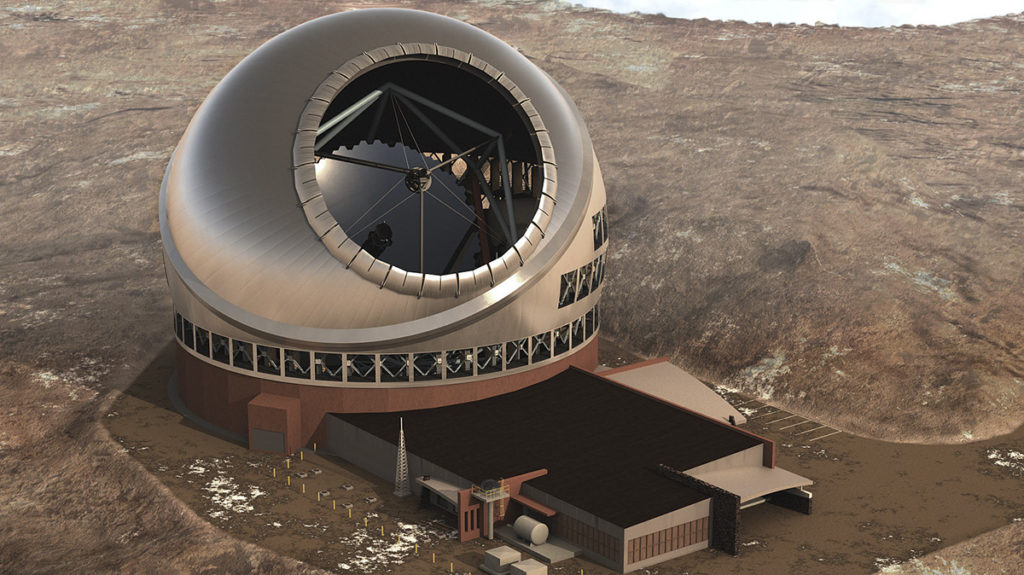
Drake, who met with Native Hawaiian community members last month, added that some were supportive of the technological advancements and economic stimulus that would come from the telescope, but others he met were opposed to the project on spiritual grounds.
He said the ultimate decision on the telescope’s site has not yet been made.
Alia Sky, the state government relations director for the UC Student Association, said her organization opposes the construction project, adding that it originally took this stance in 2020 to stand in solidarity with the Indigenous students it represents. UCSA also created a new environmental justice campaign partly in response to the telescope’s building, they added.
During an earlier public comment period Wednesday, Mariel Vázquez, a professor of microbiology and molecular genetics at UC Davis, said she believes building the telescope on Indigenous Hawaiian land is similar to the Israeli occupation of Palestinian land. She added that the construction of the telescope would have long-term impacts on the endemic plant and animal species of the mountain.
Regent Greg Sarris, a member of the Federated Indians of Graton Rancheria, also said he believes building the TMT on Native Hawaiian land is comparable in some ways to the Spanish colonization and suppression of Native Americans in California.
“There’s a not-too-ironic history here,” he said. “Certain people decide what’s important for them, disregarding not only what is important for the Indigenous people but (what) might ultimately be important for all of us.”
Contributing reports from Dylan Winward, features and student life editor.


